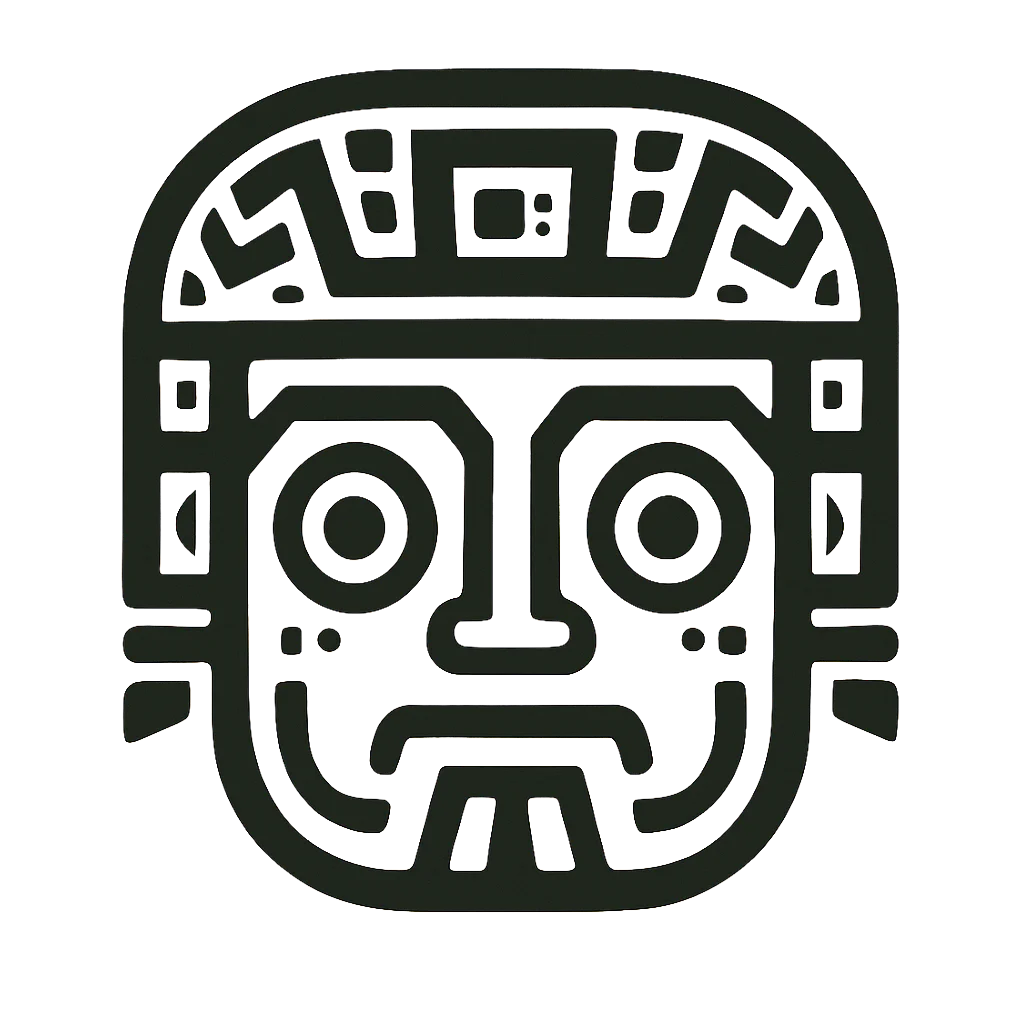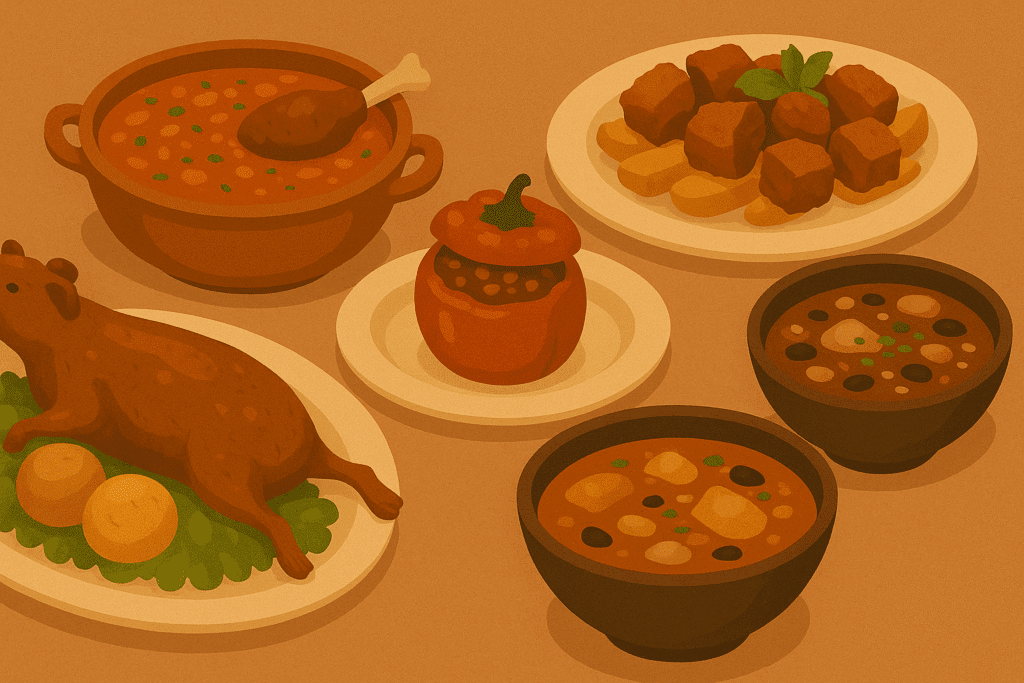Lechón cusqueño is more than just a simple baked pork dish; it is a jewel of traditional Andean gastronomy. With its smoky flavor, crispy skin, and deep connection to celebrations and family gatherings, it is an essential cultural experience.
The term “lechón” comes from Spanish and originally referred to a suckling pig. However, in Cusco cuisine, lechón is a young pig that is seasoned and baked, prepared with traditional techniques that enhance the flavor of the Andean ingredients.
This version of the dish in Cusco differs from other Peruvian preparations because of its unique dressing and traditional accompaniment of tamales or mote.
📜History
The piglet from Cusco has its roots in colonial times when the Spaniards introduced pigs to the region and they became part of the Andean diet. Over time, Cusco communities developed their own festive version of baked pork, incorporating:
The seasonings are based on garlic, cumin, aji panca, and chicha de jora. Andean accompaniments include mote, corn tamales, and, occasionally, onion salad.
Lechón cusqueño has become a traditional dish for celebrations in towns such as Huasao, Saylla, and Lucre, which are known for their traditional ovens. Today, lechón cusqueño is the star of gastronomic fairs, patron saint festivals, and family gatherings throughout the region.
🤔 Curiosities of Lechón Cusqueño
- Saylla is famous for its dozens of restaurants specializing in lechón and pork crackling. Besides offering an appetizer known as Tocto.
- It is a Sunday dish par excellence, enjoyed after mass with the family.
- The characteristic aroma and flavor also comes from the firewood chosen for the oven.
- It should not be confused with chancho al palo or chancho a la caja china, which are more recent coastal techniques.
📍 Culture and Symbolic Importance
Piglet is not only eaten; it is celebrated. It is the dish of honor in:
- Patron saint festivals such as San Jerónimo or the Virgen del Carmen.
- Sunday gastronomic fairs in Saylla or Lucre.
- Special dates such as Christmas and New Year.
It symbolizes abundance, celebration and family union.
📌 Ingredients
This dish needs time, patience and love, like any good tradition.
| 🛒 Ingredients | 📌 Quantity for 8 diners. |
|---|---|
| Young pig | 5 – 7 kl |
| Ground garlic | 4 tablespoons |
| Ground panca chili | 3 tablespoons |
| Cumin | 1 tablespoon |
| Dried oregano | 1 tablespoon |
| Jora chicha | Half cup |
| Salt and pepper | to taste |
🍲 Preparation
The key to Cusco suckling pig lies in its flavorful seasoning, prolonged marinating and slow cooking that allows for a crispy skin and juicy meat.
- Marinate the pork in salted water overnight.
- Mix garlic, aji panca, cumin, oregano, salt, pepper and chicha de jora. This Andean dressing is the essence of the traditional flavor.
- Spread the entire surface of the piglet (inside and out) with the mixture. If you want an herbal aroma, place some huacatay leaves inside the piglet.
- If you use a clay oven (ideal), be sure to heat it with molle or eucalyptus wood. In a conventional oven, preheat to 180-200 °C (350-390 °F). 180–200 °C (350–390 °F).
- Place the piglet skin side up on a tray or rack. Bake for 3 to 4 hours, depending on size.
- You know it is done when the skin is crispy and browned, and the meat separates easily from the bone.
🍴 How is Lechón Cusqueño served?
Let it rest for 15 minutes before slicing so that the juices settle. Serve with tamale cusqueño and moraya.
✨ Conclusion
The lechón cusqueño is more than just a dish; it is a symbol of regional identity, celebration, and tradition. Its flavor is the result of centuries of cultural blending and cooking techniques passed down through the generations.
🎯If you visit Cusco don't leave without trying it in Saylla, Lucre or any local fair, your palate will thank you!





